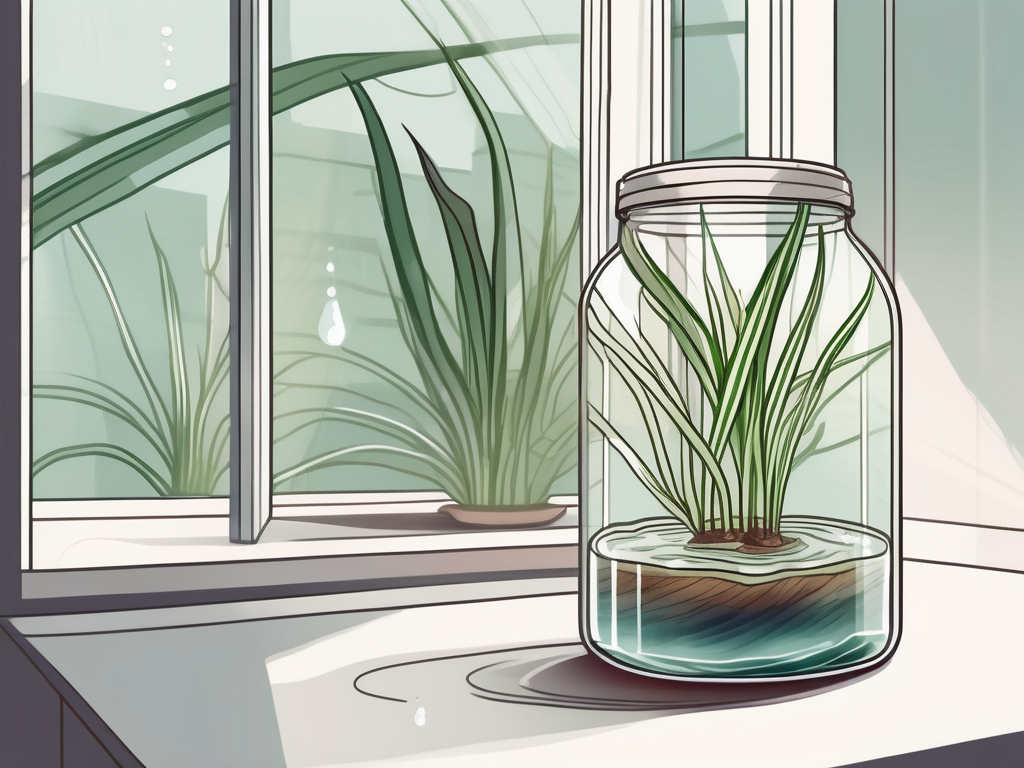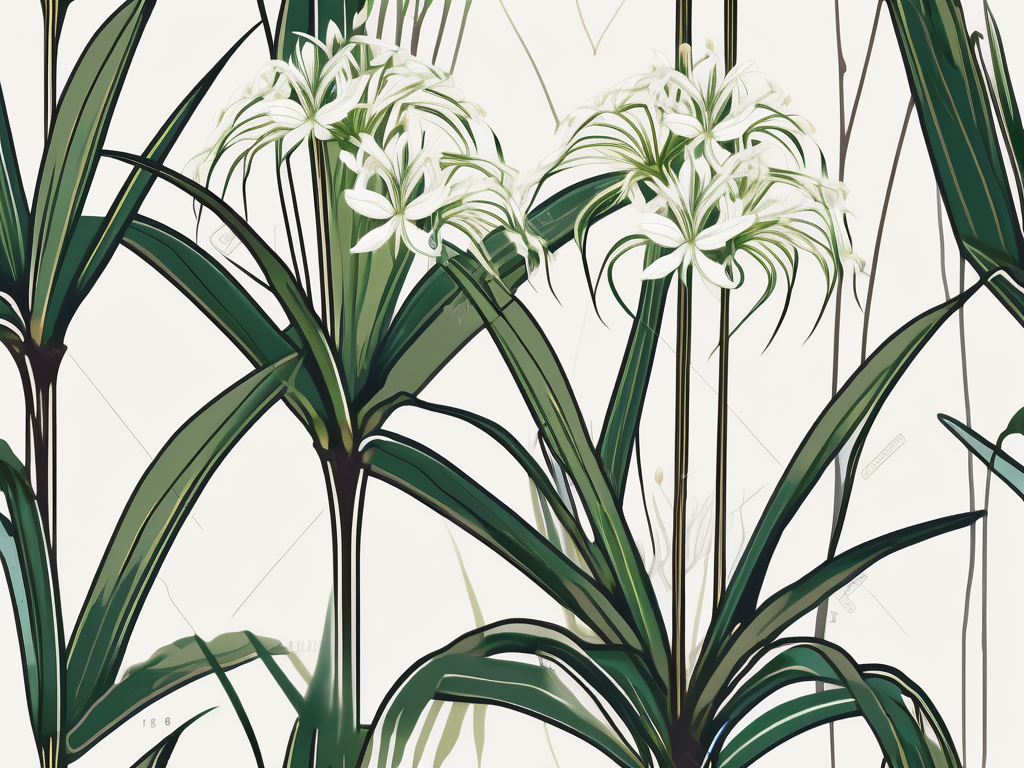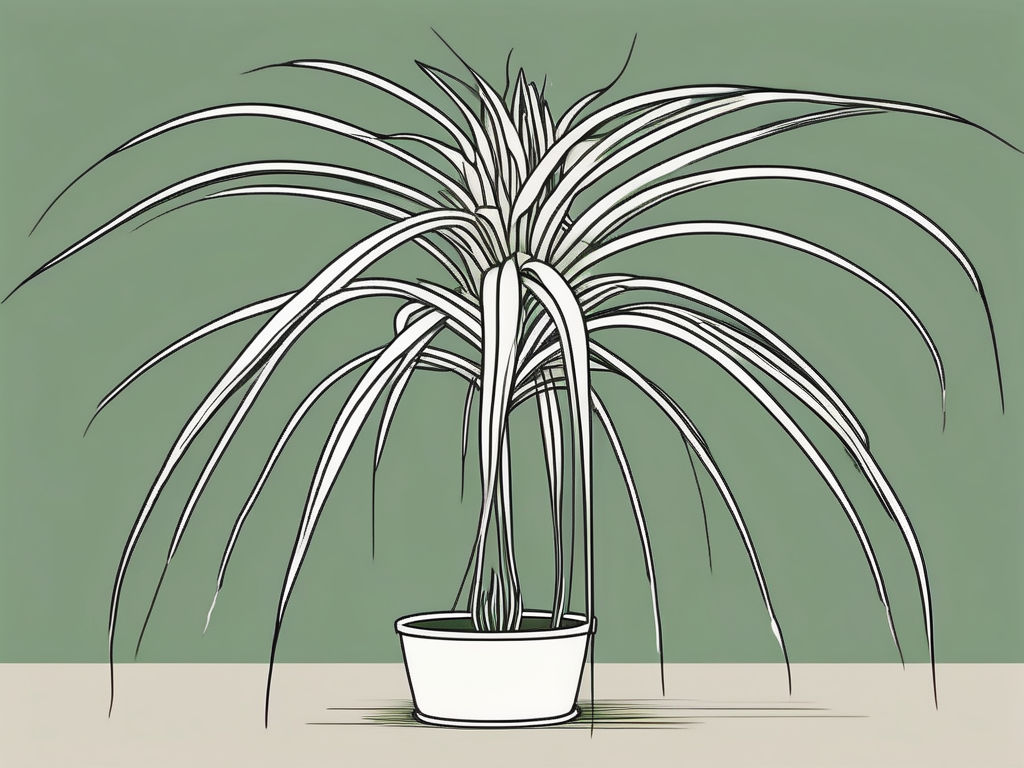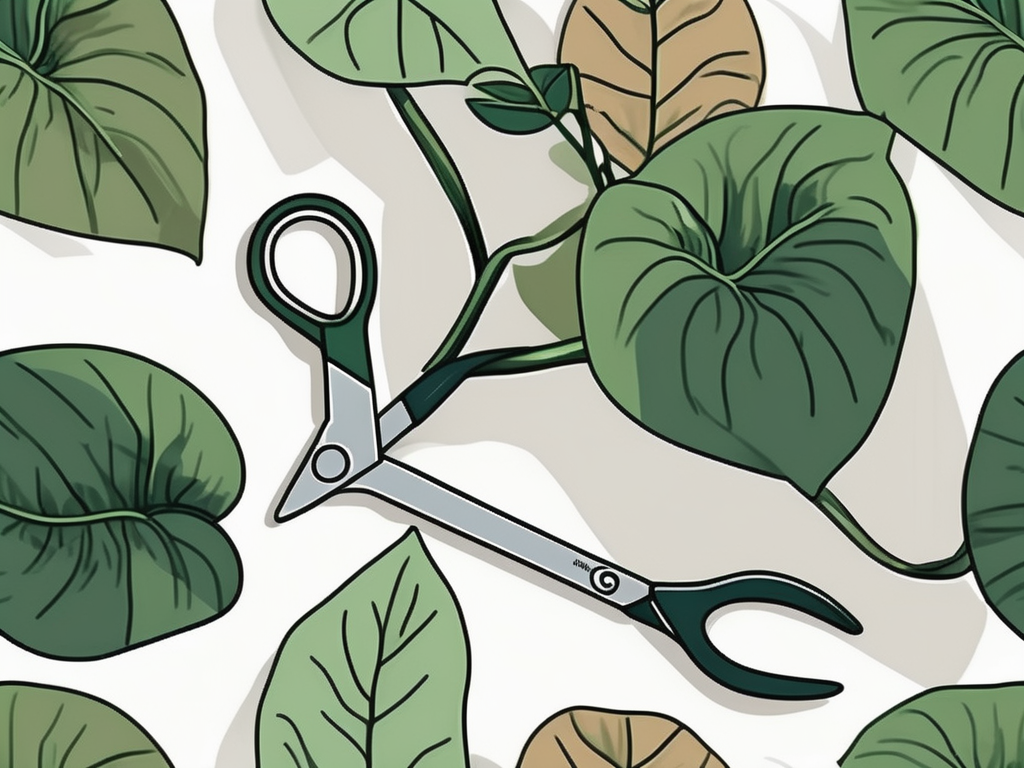
Hawaiian Ti plants, with their vivid, colorful foliage, are a favorite among plant lovers who want to add a splash of tropical flair to their indoor spaces. These plants are not only striking but also relatively easy to care for, making them a great choice for both new and seasoned plant parents.
In the following sections, we'll cover everything you need to know about caring for your Hawaiian Ti plant. From selecting the right spot in your home to dealing with common pests, we'll provide tips and tricks to help your Ti thrive. So, if you're ready to nurture your green thumb or just want to keep your existing plants happy and healthy, read on!
Choosing the Right Spot for Your Hawaiian Ti
Finding the perfect spot for your Hawaiian Ti is the first step to ensuring its well-being. These plants are native to the warm, humid climates of the Pacific Islands, so they thrive in similar conditions. But don't worry if you don't live in a tropical paradise—there are ways to mimic these conditions indoors.
Start by placing your Ti in a location with bright, indirect light. While they can tolerate some direct sunlight, too much can scorch their leaves. A north or east-facing window is ideal. If you're concerned about light levels, consider using a sheer curtain to diffuse the sunlight.
If your home is a bit on the darker side, don't fret. Ti plants can adapt to lower light conditions, although their growth might slow down, and their colors may not be as vibrant. For those really low-light situations, a grow light can be a helpful addition.
Temperature is another crucial factor. Hawaiian Ti plants prefer temperatures between 65°F and 85°F. Avoid placing them near drafts, heaters, or air conditioners, as sudden temperature changes can stress the plant.
Watering Your Ti Plant
Watering is where many plant parents can stumble. Hawaiian Ti plants like their soil to be consistently moist but not soggy. Overwatering is a common mistake that can lead to root rot, while underwatering can cause the leaves to brown and curl.
As a general rule, water your Ti when the top inch of soil feels dry to the touch. You can check this by sticking your finger into the soil—it's a simple yet effective method. If you're unsure, it's better to err on the side of underwatering. Remember, it's easier to add water than to remove it.
When you do water, make sure to thoroughly soak the soil until water runs out of the drainage holes. This ensures that the roots receive adequate hydration. During the winter months, Hawaiian Ti plants may require less water, so adjust your watering schedule accordingly.
Using distilled or rainwater can be beneficial, as Ti plants are sensitive to fluoride, which is often found in tap water. If fluoride is an issue, allowing tap water to sit out overnight can help reduce its concentration.
Soil and Potting Tips
The right soil can make all the difference for your Hawaiian Ti. These plants prefer well-draining soil that retains some moisture. A peat-based potting mix with added perlite or sand is a great choice, as it provides the perfect balance of aeration and moisture retention.
When it comes to potting, choose a container with drainage holes to prevent water from accumulating at the bottom. This helps avoid the dreaded root rot. If your Ti has outgrown its current home, it's time to repot.
Repotting is best done in the spring when the plant is actively growing. Here's a step-by-step guide to help you through the process:
- Remove the plant: Gently remove the Ti from its current pot, being careful not to damage the roots.
- Inspect the roots: Look for any signs of rot or damage. Trim away any unhealthy roots with clean scissors.
- Choose a new pot: Select a pot that's one size larger than the current one. Too large, and the soil will retain too much moisture.
- Prepare the new pot: Add a layer of fresh potting mix to the bottom of the new pot.
- Place the plant: Position the Ti in the new pot and fill around it with the potting mix, ensuring it's planted at the same depth as before.
- Water thoroughly: Give your newly potted Ti a good drink to help it settle in its new home.
Remember, repotting can be stressful for plants, so give your Ti some extra TLC afterward to help it adjust.
Fertilizing for Growth
Fertilizing your Hawaiian Ti can encourage lush growth and vibrant colors. These plants aren't heavy feeders, but they do benefit from a little nutritional boost during the growing season, which typically runs from spring through summer.
A balanced, water-soluble fertilizer works well. Look for one with equal parts nitrogen, phosphorus, and potassium, such as a 10-10-10 blend. Fertilize your Ti every four to six weeks during the growing season. Dilute the fertilizer to half the recommended strength to avoid over-fertilizing, which can harm the plant.
It's important to stop fertilizing in the fall and winter when the plant's growth naturally slows down. This rest period is crucial, as over-fertilizing during this time can lead to salt buildup in the soil, which can damage the roots.
If you notice stunted growth or pale leaves, it might be a sign that your Ti needs a bit more nutrition. However, always rule out other issues like watering or light before increasing fertilizer.
Humidity Needs
Hawaiian Ti plants love humidity, which can be a bit tricky to maintain indoors, especially in drier climates or during the winter when heating systems dry out the air. To keep your Ti happy, aim for humidity levels around 60%.
Here are a few ways to increase humidity around your plant:
- Misting: Lightly mist the leaves with water every few days. This is a quick and easy way to boost humidity.
- Humidity tray: Place a tray filled with pebbles and water under the pot. As the water evaporates, it increases the humidity around the plant.
- Group plants together: Plants naturally release moisture into the air, so clustering them can create a more humid microenvironment.
- Use a humidifier: If you're serious about humidity, investing in a small humidifier can make a big difference.
Keep an eye on your Ti's leaves. If they start to brown at the tips, it might be a sign that the air is too dry.
Dealing with Pests
Like most houseplants, Hawaiian Ti can occasionally fall victim to pests. Common culprits include spider mites, aphids, and mealybugs, which can all cause damage if left unchecked.
Regularly inspecting your plant is the best way to catch any infestations early. Look for signs like webbing, sticky residue, or small insects on the undersides of the leaves. If you spot any pests, act quickly to control the problem.
For mild infestations, a simple spray with water can dislodge bugs. Alternatively, wiping the leaves with a mixture of water and a few drops of dish soap can help. For more stubborn pests, insecticidal soap or neem oil is an effective, natural option.
Be sure to isolate any affected plants from others to prevent the pests from spreading. Regular cleaning and proper care can go a long way in keeping your Ti pest-free.
Pruning and Maintenance
Pruning your Hawaiian Ti plant isn't just about keeping it looking its best—it's also essential for its health. Regular pruning helps remove dead or damaged leaves, encouraging new growth and preventing disease.
When pruning, use sharp, clean scissors or pruning shears to make precise cuts. Start by removing any yellow or brown leaves at the base of the plant. These leaves are no longer providing benefits and can be a drain on the plant's resources.
If your Ti is getting too tall or leggy, you can trim the top to encourage bushier growth. Simply cut back the stem to your desired height, making the cut just above a leaf node. This will stimulate new growth from below the cut.
Pruning is best done in the spring or early summer when the plant is actively growing. And remember, less is more. It's better to prune a little at a time rather than overdo it and stress the plant.
Designing with Hawaiian Ti
Now that you know how to care for your Hawaiian Ti, let's talk about incorporating it into your home design. With its striking colors and bold presence, this plant can be a standout feature in any room.
Consider the color palette of your space when placing your Ti. The plant's vibrant reds and greens can complement a variety of decor styles, from modern to bohemian. A bright corner or entryway makes a perfect showcase for its beauty.
If you're feeling creative, use your Ti as a focal point in a plant display. Pair it with plants of different heights and textures for an eye-catching arrangement. Just remember to keep its light and humidity needs in mind when grouping with other plants.
For a cohesive look, choose pots in colors or materials that match your home's decor. Whether you prefer sleek, modern ceramics or rustic, earthy tones, a stylish pot can enhance your Ti's natural beauty.
Final Thoughts
Caring for a Hawaiian Ti plant involves understanding its needs for light, water, soil, and humidity, as well as keeping an eye out for pests and performing regular maintenance. With a bit of attention and care, your Ti can thrive and bring a touch of the tropics to your home.
At Cafe Planta, we're here to support your plant journey. Whether you're looking for new plant additions, care accessories, or advice, we're happy to help. Feel free to email us or reach out on Instagram. We believe plants can connect us to nature and each other, and we can't wait to help you create a thriving plant collection in your home.
























